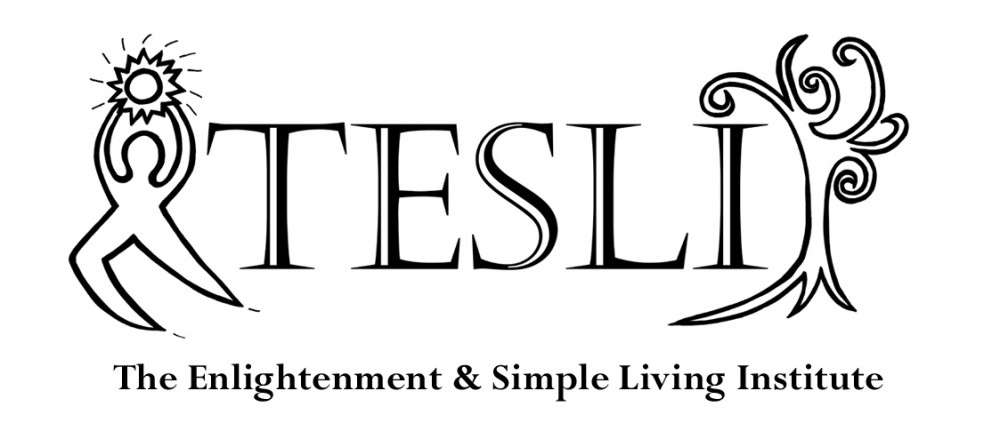I was fourteen years old when I first heard about lucid dreaming. The instructions I heard back then on how to “wake up” during a dream were to focus on your hands. The idea, as I recall, was to look at your hands once you realized you were dreaming. I don’t remember what you were supposed to do next, and perhaps that is the reason that the couple of times I did manage to look at my hands, my brief moment of being aware of dreaming passed and I slipped back into the dream unconscious.
I’ve never really tried to cultivate dream awareness, but every once in awhile I have a lucid dream – or at least a moment of lucidity during a dream. I’ve had dreams where I became aware that I was dreaming, but still couldn’t control my actions and watched myself struggle to make a cell phone call. I’ve also had repetitive dreams of driving a car without brakes. These usually trigger me into some awareness of being in a dream state and I simply know that I need to find something to hit to stop the car. Instead of feeling out of control during the dream I have the awareness to know that I’m dreaming and cannot be hurt, yet still cannot control the car without colliding into something.
My best trigger for lucidity is not being able to see. This is another common theme in my dreams and it also seems to frequently happen when I am driving a car. I just cannot get my eyes open. These days, about 75% of the time, I am able to realize that when I cannot open my eyes I am dreaming. After the realization, I loosen up, and I just tell myself that I don’t need to see in order to drive. I have other senses I can use.
While lucid dreaming is exciting, I have never formally pursued the activity because I had never thought it was valuable given my goal of enlightenment. Then, earlier this year, one of my meditation teachers mentioned he was interested in learning more about lucid dreaming. I was surprised by his interest, since I know him to at least at third path and cannot imagine a lucid dreaming practice would be something of value to such a person. Then again, if you are at third path, you might not be too worried about reaching enlightenment and lucid dreaming might just be an extracurricular activity. Still, his interested made me wonder if there might be some value in the practice.
